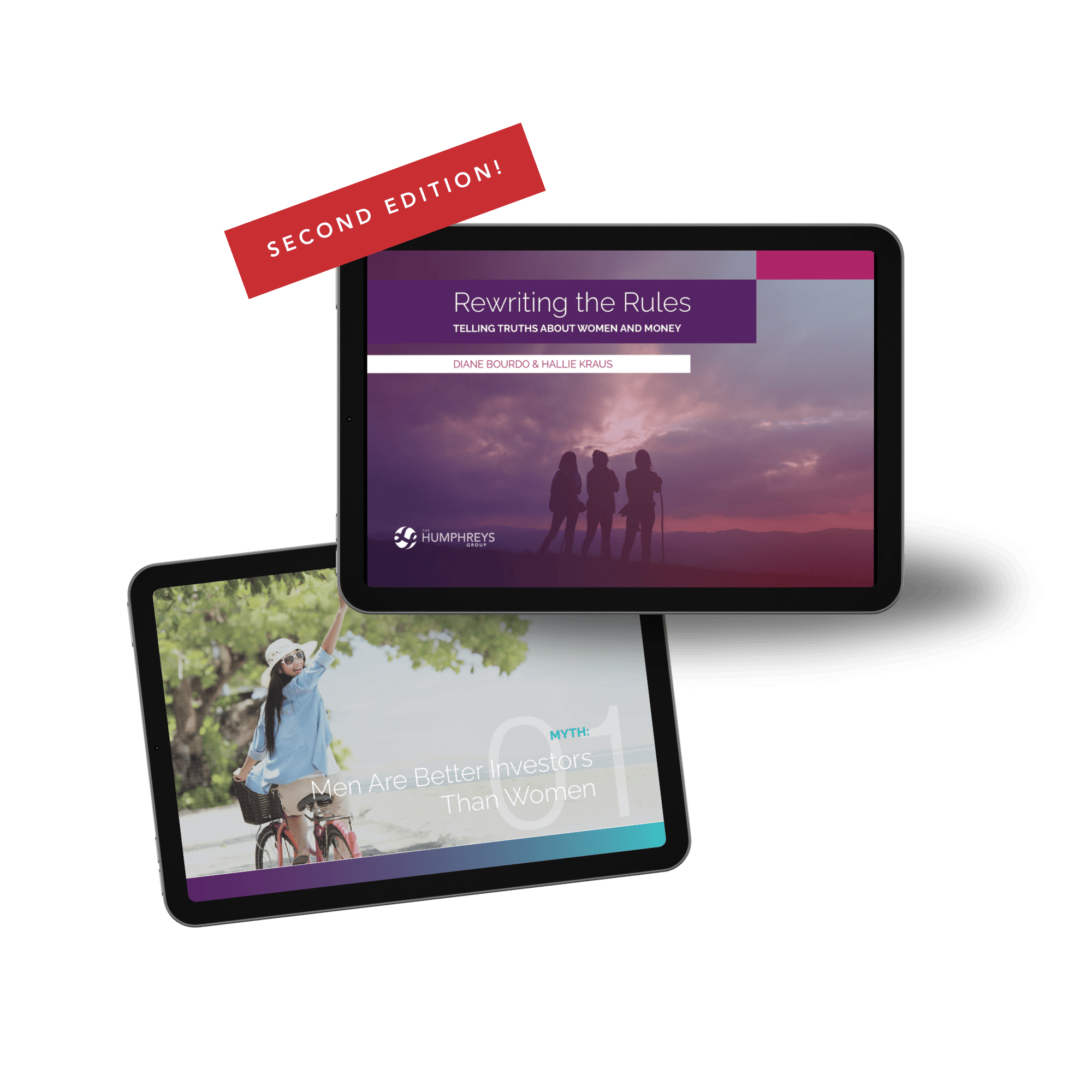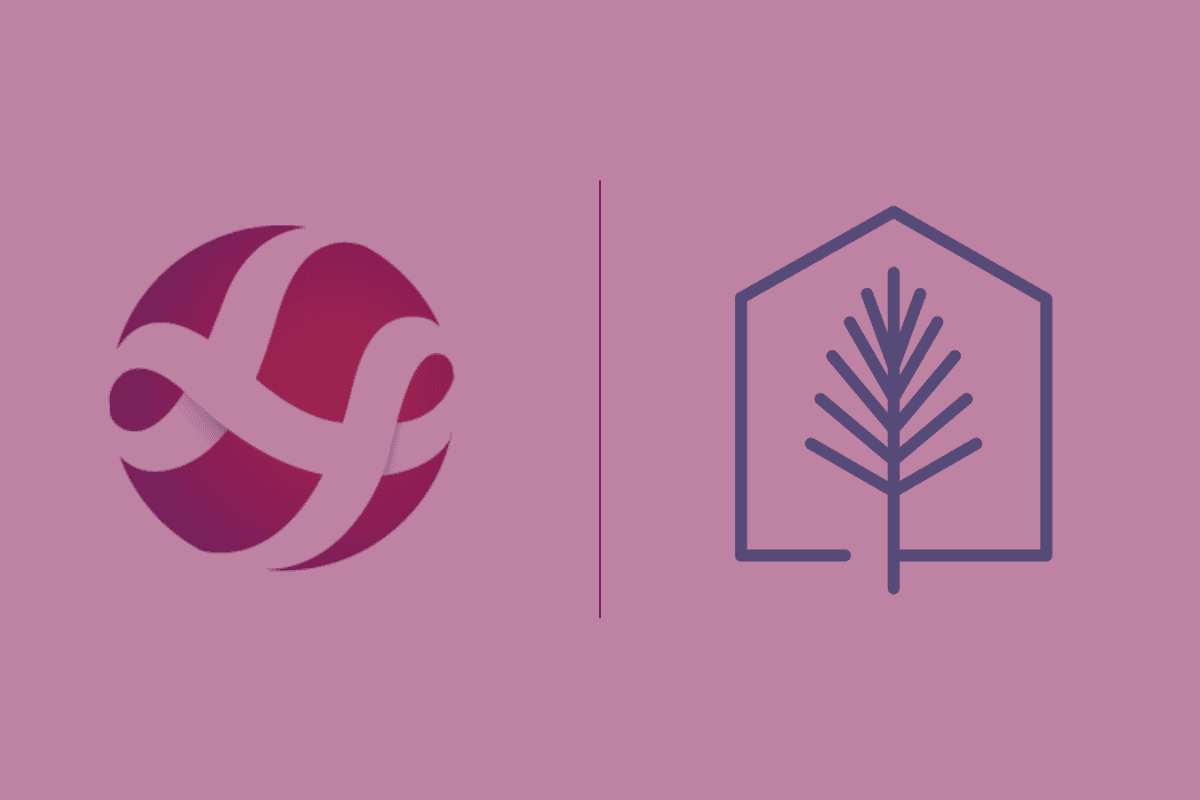We talk a lot about resilience and how our clients can apply their unique skills, talents, and knowledge to achieve their personal and professional goals. We know this can be tiring work, which is why we highlight the important role “Savings Self-Care” plays when it comes to forming healthy habits that can support an individual’s long-term economic health and success.
But what is Savings Self-Care, and how do we go about practicing it?
First, let’s take a step back and understand what financial resilience looks like to us. At The Humphreys Group, we believe the following strengths contribute to an individual’s ability to take charge of their financial circumstances:
- Living within your means
- Building savings for an emergency
- Knowing your credit score
- Diversifying your income and investments
- Attaining job security
- Getting insurance
- Having conversations and exchanging wisdom about money with others
It’s a substantial list, and many of us lead busy lives that can distract us from doing our best in each of these areas. To bulk up any weak financial resilience muscles, we suggest engaging in a variety of Savings Self-Care exercises that will fit your life and schedule.
Start by examining the financial resilience categories listed above, and determine which ones you want to prioritize. Then focus on self-care steps that target that resilience. For instance:
- Resolve to budget and save. Money is a stressful and loaded subject for a lot of people, but this is a great first, self-care step to take. Review how much you make, how much you spend and where you spend it. Next, determine how you might alter your habits to live within your means, save more and put money toward an emergency fund. Doing so can lead you toward another self-care step: developing short- and long-term budgets and financial goals (i.e., travel, starting a business, saving for retirement, buying a home, paying for college) that are honest reflections of your life. Ones that you can resolve to stick to.
- Manage your debt and income. Begin by learning your credit score and, if necessary, resolving to improve it by paying off debts, paying down bills and paying back loans. Once you know what you are spending, what you owe and where your credit rating stands, you can take yet another Savings Self-Care step: begin to work with a financial advisor to develop a plan to build your money through long-term investments and strategies.
- Assess your goals. As part of the savings self-care process, review what you expect of your life and work goals. When it comes to work and employment security, what else could you be doing to ensure your future (additional training, education, etc.)? As you assess your personal and professional life, make sure you remain mindful of insurance that will sustain you during a job shift or change in health.
- Remain engaged. Find a supportive community, whether online, in person or both, where you can continue to check in with others who make Savings Self-Care a priority. For instance, The Humphreys Group offers clients the opportunity to participate in Conversation Circles where we tackle issues that may be challenging us on the road to financial success and work together to discuss possible solutions.
We agree with industry subject matter experts, like the one in this U.S. News & World Report article, in the idea that balance, sustainability and empowerment lie at the heart of financial self-care and resilience. But remember that self-care isn’t something you have to do alone. In fact, we believe we are made stronger in our efforts to improve our lives when we work together and support each other. Reach out today for more information from us, or to learn about joining an upcoming Conversation Circle. We look forward to discussing ways you can continue to practice Savings Self-Care, and exploring other strategies that will strengthen your financial resilience.
























